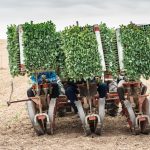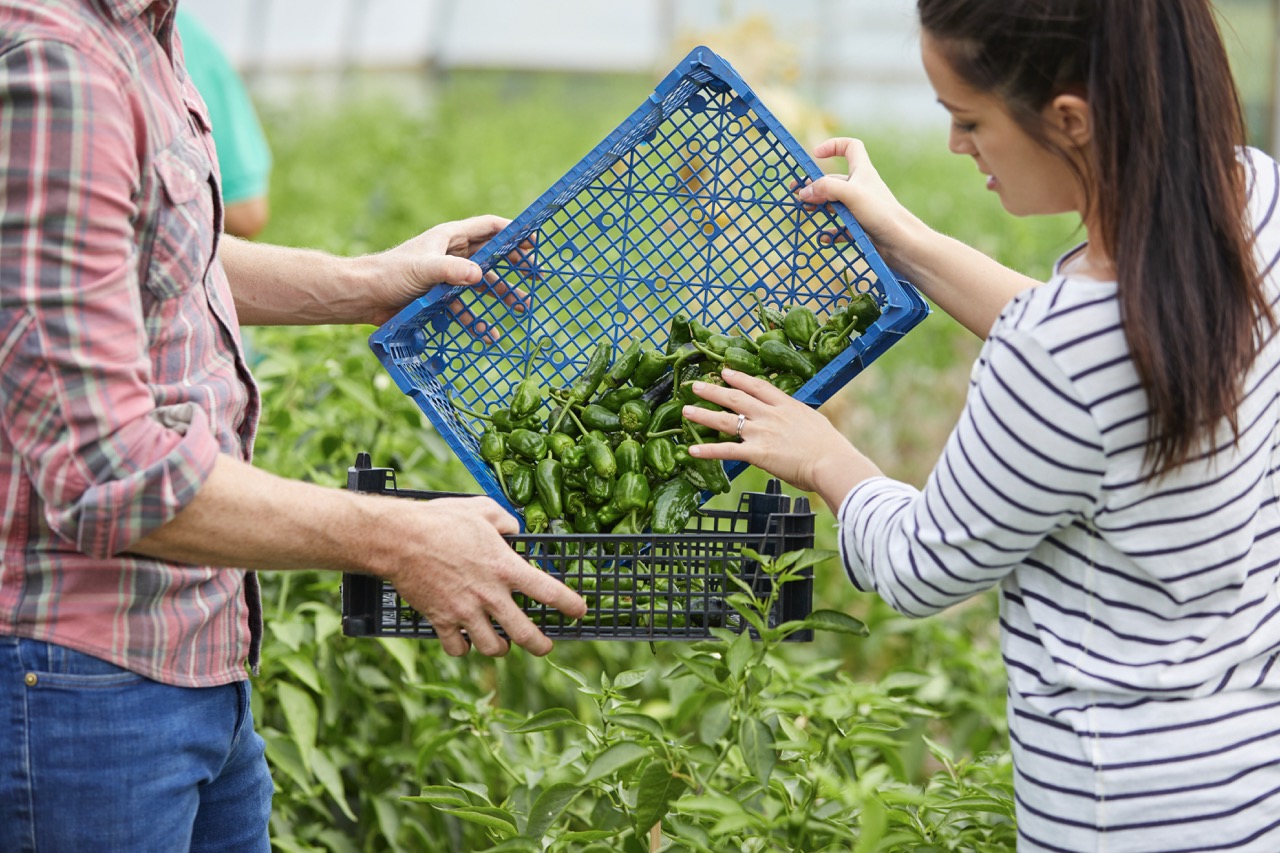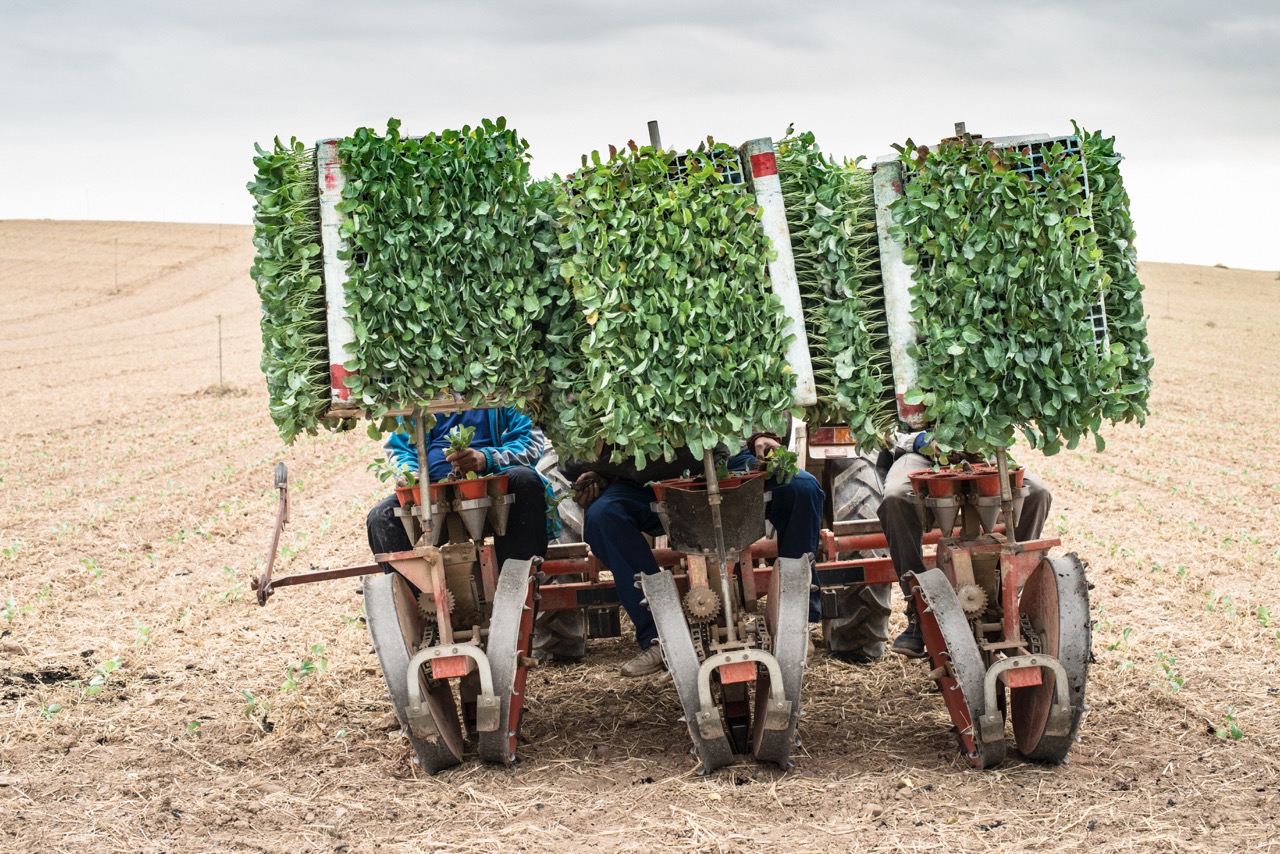Sharecropping, a system with deep historical roots, has evolved significantly over the decades. Defined as a partnership where landowners provide land and resources while sharecroppers offer labor in exchange for a share of the crops produced, this arrangement can foster mutual growth but is fraught with challenges. As agricultural practices and socio-economic conditions have shifted, understanding the complexities of sharecropping partnerships has become more essential than ever. This article delves into overcoming the obstacles faced by sharecroppers and landowners alike, emphasizing the need for effective communication and sustainable solutions to ensure the success of these partnerships.
Understanding the Dynamics of Sharecropping Partnerships
The essence of sharecropping lies in its collaborative nature; however, this relationship is often complicated by power imbalances. Landowners typically hold significant control over resources, contracts, and decisions, which can lead to feelings of disenfranchisement among sharecroppers. Understanding these dynamics is crucial for both parties. Sharecroppers rely on landowners not just for land but also for access to necessary supplies, while landowners depend on the labor and expertise of sharecroppers to cultivate and harvest their land efficiently.
The socio-economic backdrop against which sharecropping operates plays a pivotal role in shaping its dynamics. Factors such as market fluctuations, changes in agricultural policy, and environmental challenges can greatly influence the viability of the partnership. Moreover, historical injustices and systemic inequalities often seep into these relationships, leading to mistrust and conflict. Recognizing these external pressures can help both parties navigate their partnership more effectively.
Finally, successful sharecropping partnerships often hinge on mutual respect and shared goals. Establishing a foundation based on trust, transparency, and reciprocity is essential. Both parties must actively engage in discussions about expectations, responsibilities, and potential risks involved in the partnership. By fostering an environment where both landowners and sharecroppers feel valued and heard, the likelihood of overcoming challenges significantly increases.
Identifying Common Challenges Faced by Sharecroppers
Despite the potential benefits, sharecroppers encounter numerous challenges that can hinder their success. One of the primary issues is financial instability. Sharecroppers often face delays in receiving payments or inconsistent income due to market fluctuations, which can lead to financial strain. This uncertainty not only affects their immediate ability to provide for their families but also impacts their long-term planning and investment in agricultural practices.
Another significant challenge is access to resources and technology. Many sharecroppers operate in regions where modern agricultural tools and techniques are limited. This lack of access can result in lower yields and reduced profitability. Furthermore, when landowners delay providing necessary inputs such as seeds and fertilizers, it can further exacerbate the difficulties sharecroppers face, leaving them at a disadvantage compared to larger, more equipped farming operations.
Lastly, conflicts related to land use and crop management often arise between sharecroppers and landowners. Differences in vision for crop selection, production methods, and even labor allocation can lead to disputes. Misunderstandings about responsibilities and rights can escalate tensions, making it crucial for both parties to recognize and address these conflicts before they disrupt the partnership.
Effective Communication Strategies for Better Collaboration
Effective communication is the cornerstone of any successful partnership, and sharecropping is no exception. Establishing regular check-ins and open lines of communication can help both landowners and sharecroppers articulate their needs, concerns, and expectations. Utilizing technology, such as messaging apps or shared digital platforms, can facilitate ongoing dialogue and ensure that both parties remain informed about issues affecting their partnership.
Active listening is another vital element of effective communication. Both sharecroppers and landowners should cultivate an environment where each party feels comfortable expressing their thoughts and concerns without fear of retribution. By practicing empathy and validating each other’s experiences, both parties can work collaboratively to find solutions to challenges that arise. This level of understanding fosters a sense of partnership and encourages proactive problem-solving.
Additionally, establishing clear agreements and documentation concerning responsibilities and profit-sharing can mitigate misunderstandings. Written contracts that outline expectations can serve as a reference point for both parties, reducing ambiguity and providing a framework for accountability. By prioritizing clear and open communication, sharecropping partnerships can navigate obstacles more effectively and maintain a cooperative spirit.
Building Sustainable Solutions for Long-Term Success
To ensure the longevity and success of sharecropping partnerships, it is crucial to build sustainable solutions that address both current and future challenges. This can begin with joint training sessions, where both landowners and sharecroppers learn about new agricultural practices and technologies. By investing in education, both parties can enhance their skills and improve productivity, ultimately benefiting the entire partnership.
Moreover, exploring alternative financing options can alleviate some of the financial pressures faced by sharecroppers. Landowners can consider providing advances on profits or facilitating access to microloans and grants that assist sharecroppers in acquiring necessary resources. Such financial support not only fosters goodwill but also empowers sharecroppers to invest in their operations, leading to improved crop yields and shared success.
Finally, fostering community connections can be instrumental in creating a support network for sharecroppers. By collaborating with local agricultural organizations, cooperatives, and extension services, sharecroppers can gain access to additional resources, training, and market opportunities. Building a sense of community not only strengthens individual partnerships but also promotes resilience in the broader agricultural landscape, ensuring that sharecropping remains a viable arrangement for generations to come.
Overcoming challenges in sharecropping partnerships requires a multifaceted approach that encompasses understanding the dynamics at play, identifying common obstacles, enhancing communication, and building sustainable solutions. As agricultural landscapes continue to evolve, adapting to new challenges through collaboration and innovation will be essential for the success of both sharecroppers and landowners. By fostering positive relationships grounded in trust and mutual respect, the sharecropping model can thrive, benefiting not just the individuals involved but also the larger agricultural community.










